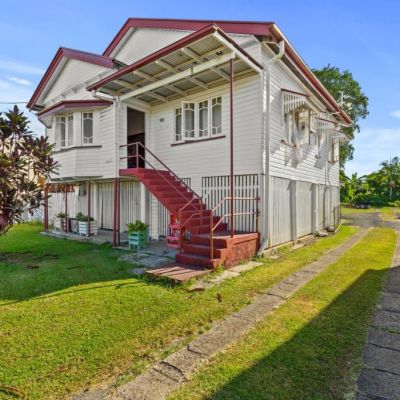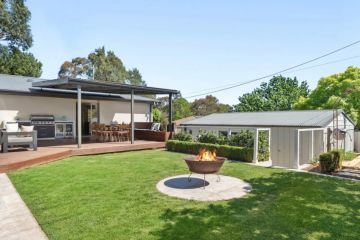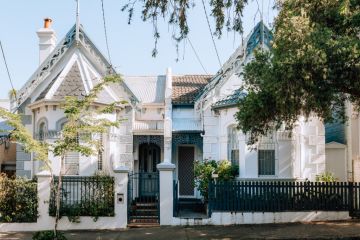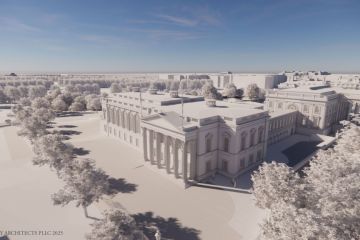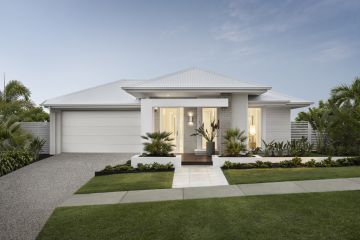Will this property price downturn be different to the last?

Australian property booms last more than three times longer than downswings on average and when prices fall they only lose a fraction of the gains made, new analysis shows.
But economists say that trend may have come to an end and the current property downturn could be the steepest and longest since the 1990s as the days of rock bottom rates are over and households are more indebted than ever before.
Domain analysis of almost three decades of data found that in previous property booms, house prices on average rose 32.7 per cent across the combined capital cities and the upswing on average lasted 33 months.
In previous downswings, house prices on average declined 3per cent and the falls on average lasted nine months.
For example, the pandemic boom lasted 21 months and prices rose 33.6 per cent from trough to peak.
During the early 2000s, the boom lasted 42 months and prices soared 76.4 per cent.
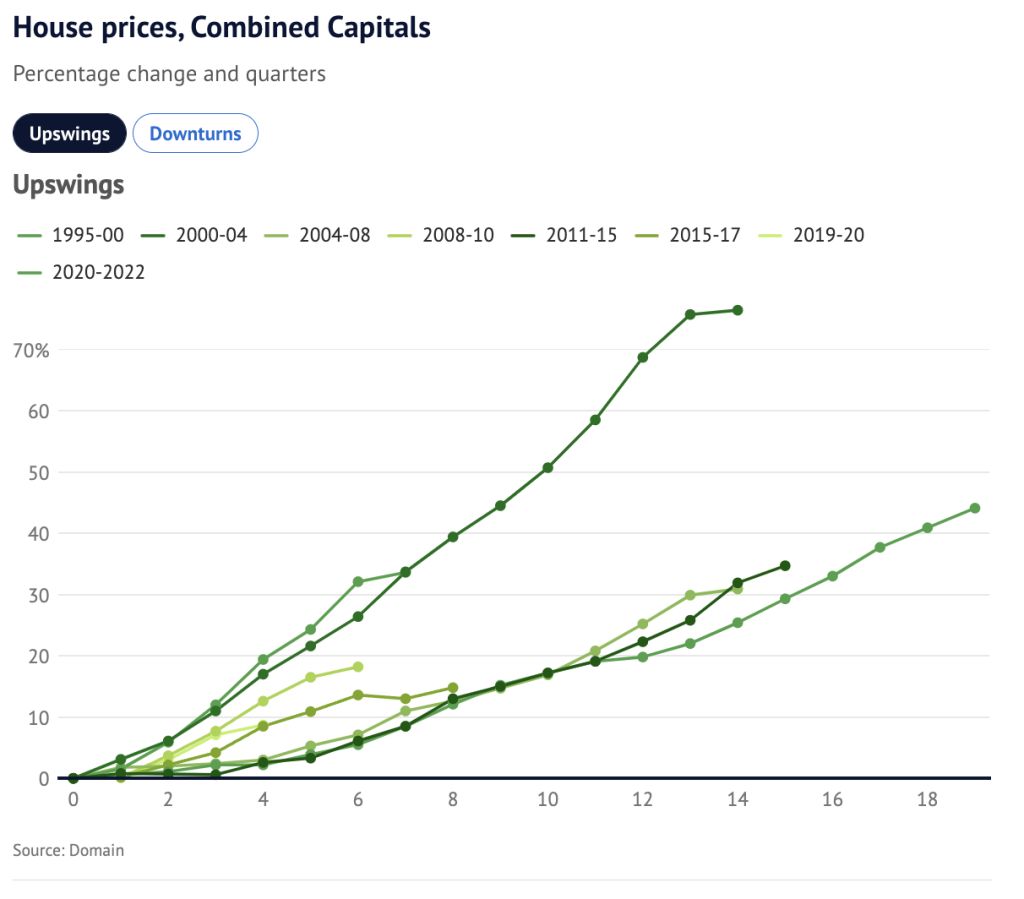
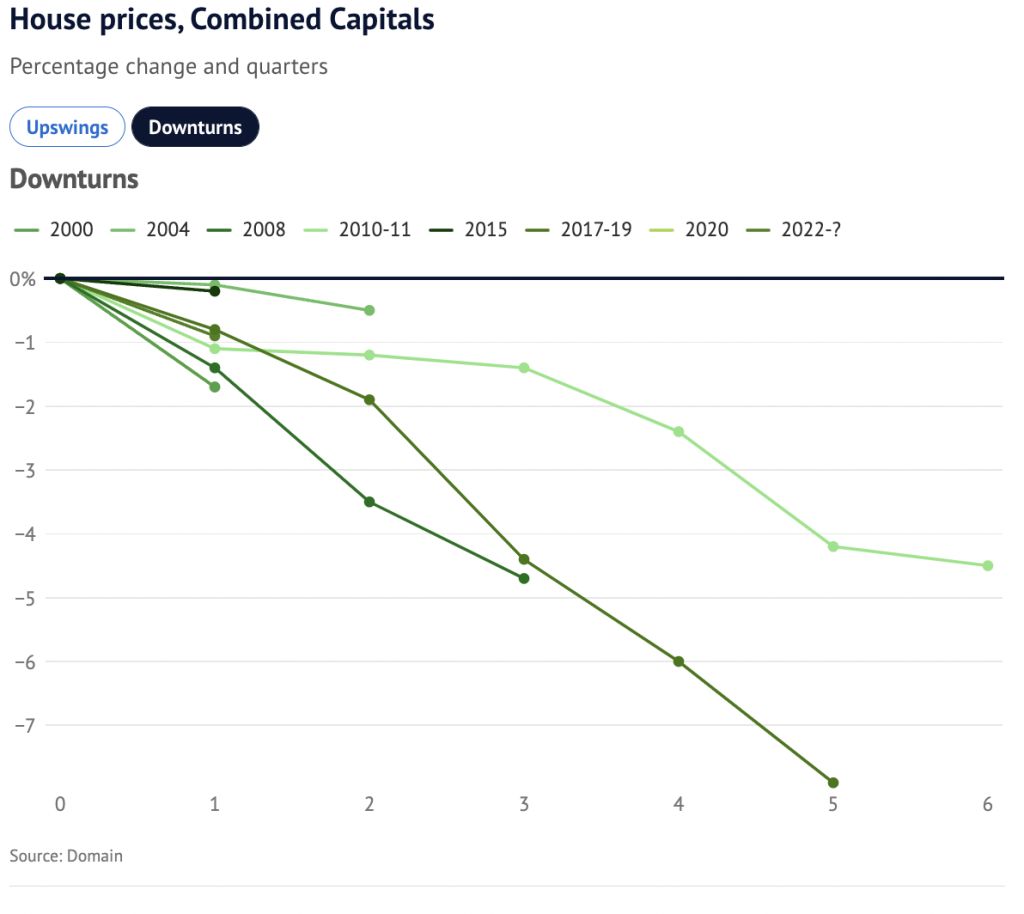
As for declines, there have only been four periods where house prices across the combined capitals declined annually since the early 1990s – all stopping at less than 10 per cent.
Domain’s chief of research and economics Dr Nicola Powell said the upswings have been longer than the downturns, which have been shorter and more minor in comparison.
“Australians have this view that property prices go through these wild upswings and downturns when actually when you put it into perspective of historical performance … capital cities go through periods of strong growth and quite often prices surge but when we get to the downturn, it’s minor in comparison,” she said.
While it was unlikely the median house price across the combined capitals would return to pre-pandemic levels, which would mean a 25 per cent decline, Powell said the current downswing could be steeper than the last one in 2017-19, when prices fell by 7.9 per cent.
“The depth of the downturn could be the biggest we’ve seen. We’re likely to see a bigger decline in Sydney and Melbourne. It is realistic to expect a 10 to 15 per cent drop in house prices in Sydney. But it is very unlikely for prices to return to pre-pandemic,” Powell said.

AMP Capital chief economist Dr Shane Oliver said the factors that have driven Australia’s long and strong property booms followed by short and shallow downswings have changed, marking a turning point in the country’s house price cycles.
“Over the last 30 years rates have come down, each time they went to a new low – that enabled people to gear up, propelling prices to a new high. It also meant that any downswing was relatively brief. That started to change in the 2017-19 downswing,” Oliver said.
“It’s quite possible that the long-term downsizing in interest rates that contributed to those relatively brief downswings and stronger and longer upswings may now be over.

“We may be getting to a point where the downswings are getting deeper and that’s because we’re starting at higher levels of debt and higher debt to income ratios.”
At record property prices and levels of debt, Oliver said it was unlikely for property prices to record upswings of previous magnitudes achieved thanks to rock bottom rates.
He predicted that if the Reserve Bank cuts the cash rate again by mid next year, the downturn could last 18 months.
Barrenjoey senior economist Jonathan McMenamin said falling interest rates, which have meant cheaper home loans, over the past three decades had largely driven the upswings, and that has now come to an end.
“This downturn we’re expecting will be the largest and deepest downturn since the early ’80s,” McMenamin said.
“We’re seeing one of the largest and steepest increases in rates at least since the early ’90s.”
He said there had been a structural decline in interest rates over a long period of time, but that trend has now ended, meaning the same magnitude of property price increases is now unlikely.
He said while Sydney and Melbourne, which have highly leveraged homeowners, may record a larger property downswings, smaller capitals like Brisbane will see a shallower decline.
“We calculate that the median Sydney household income is only 4 per cent higher than Melbourne, but the amount people borrow for the median home is upwards of 30 per cent higher.”
Commonwealth Bank’s head of Australian economics Gareth Aird said the longevity of the downswing would be ultimately influenced by whether the Reserve Bank hikes the cash rate.
“They’re going to have a huge say in what this downturn looks like, how long it goes for, and the extent prices will fall,” Aird said. “If RBA cuts the cash rate in the second half of next year, you can expect home prices to be rising.”
We recommend
States
Capital Cities
Capital Cities - Rentals
Popular Areas
Allhomes
More
- © 2025, CoStar Group Inc.
